Surfing is a dynamic sport. The wind direction, swell direction, swell size, and ocean floor all play an important role in how a wave breaks.
Whether a wave is constructive or destructive will also change depending on conditions and each has its own advantages.
Constructive waves tend to be less steep, have a lower frequency and roll their way onto a beach, while destructive waves are steep, break with a high peak, and tend to break more frequently.
Surfers will surf anything that they can, but everyone has their preference.
Destructive waves tend to be fast, shorter rides and are not suited for new surfers, while longboarders and newbies get the most out of the rolling constructive waves.
Constructive and destructive waves are named because of their effect on the coastline, and should not be confused with constructive and destructive interference of waves.
Below we will look at what causes constructive and destructive waves, what the benefits are of both, and which is best for surfing.
- Must-Know Wave Lingo
- What Are Constructive Waves?
- What Are Destructive Waves?
- What Are the Benefits of Surfing Constructive Waves?
- What Are the Downsides of Surfing Constructive Waves?
- What Are the Benefits of Surfing Destructive Waves?
- What Are the Downsides of Surfing Destructive Waves?
- Which Type of Wave Is Best for Surfing?
- How Can I Distinguish Constructive From Destructive Waves?
- Are There Other Wave Types Than Those Two?
- Does a Given Surf Location Always Have the Same Wave Type?
- Which Wave Type Should I Surf?
- Conclusion
- You Might Also Like…
Must-Know Wave Lingo
Before discussing the difference between constructive and destructive waves, it will be helpful to understand a few concepts about waves and the ocean.
- Swash: The water that is washed up on a beach when a wave breaks.
- Backwash: The water that runs back down the beach after the swash.
- Destructive interference: When the peak of one wave meets the trough of another wave, thereby cancelling each other out.
- Constructive interference: When two wave peaks meet at the same time and same point, creating a taller wave.
- Breaker: The point at the peak of a wave that begins to break.
What Are Constructive Waves?
Constructive waves have a gentle slope and tend to be smaller than destructive waves.
These waves carry less power and always have a stronger swash than backwash.
Constructive waves form in conditions when there is less energy being transferred to the water, and tend to roll up beaches.
It is these waves that are responsible for the building up of beaches as the swash brings new ocean deposits and leaves them behind on the shoreline.
Constructive waves are rolling waves with low breakers, less power, a gentler slope on the wave face, and a lower frequency.
Because of their lower frequency, it is common to only have a wave every 8 – 10 minutes (although this may vary).
The low frequency of these waves tends to make each wave wider with more forward momentum as opposed to destructive waves’ downward crashing breaker.
What Are Destructive Waves?
Destructive waves form when large amounts of energy are added to the ocean from storms.
These waves tend to travel long distances before reaching the coastline and have more power than constructive waves, tend to be rough and have a high frequency.
Although the swash of a destructive wave is stronger than that of a constructive wave, the backwash is stronger than its swash.
Because of the strong backwash, these waves break down beaches as they pull ocean deposits back out to sea.
Destructive waves have high breakers and a steep wave face.
These waves tend to be taller than constructive waves, but do not roll, but instead crash onto the beach.
What Are the Benefits of Surfing Constructive Waves?
Although constructive waves are smaller and have less power, they tend to be longer rolling waves which makes them perfect for new surfers and longboarders.
Some of the benefits of surfing constructive waves include:
1. Low Wave Frequency
A lower wave frequency means that fewer waves are hitting the beach per a given period.
This makes it easier to paddle through the break as you will need to fight less force from oncoming waves.
The fewer waves, the less you will need to duck dive, which means the faster you can get out with less effort.
2. Slower Waves
Slower rolling waves give surfers more time to paddle onto the wave, and more time to stand up.
Learning how to stand up on your surfboard is one of the biggest challenges that new surfers face.
Constructive waves give you more time to perform your pop-up, which means more time to learn a fluid technique.
3. Longer Rides
Long, rolling waves mean more time to surf.
Because constructive waves do not have high peaks, it is often possible to surf them for long distances from the backline and across the shore.
4. Relaxed Environment
A mixture between low frequency, calmer waters, and sunshine (because constructive waves tend to occur in summer) creates a relaxed surfing environment where you can chill, talk to your friends, and paddle for a wave when it suits you.
What Are the Downsides of Surfing Constructive Waves?
Constructive waves tend to be easier to surf, are more relaxing, and have longer rides, but that does not mean that they do not come with their own set of downsides.
1. Less Waves
Although a low wave frequency can be an advantage for paddling out, it does mean that there are fewer waves to surf.
If you are surfing in a busy area or with highly competitive surfers, then you may struggle to catch a wave.
Although the environment will be relaxing, it is possible that after surfing for a few hours, you will have only caught a handful of rides.
2. Waves Break Further Out
Constructive waves tend to begin breaking further out.
This is great for having long rides, but it means that after each wave you will have a long paddle back.
Of course, you could sit closer to the shore, but doing this will mean that other surfers will likely be on the wave by the time it gets to you, and therefore would have claimed the wave already.
3. Smaller Waves
Sometimes smaller waves are a blessing, sometimes they are annoying.
Constructive waves are usually smaller than destructive waves which means less speed, and less thrill when riding them.
4. Not Suited for Shortboards
Because constructive waves have gentle slopes, they are not great for shortboard surfing.
Shortboards work best in steep, crashing waves where the intensity is high and the waves are fast.
Longboards are capable of catching rolling waves far before shortboarders, which makes it difficult for a shortboarder to compete in these conditions.
What Are the Benefits of Surfing Destructive Waves?
Raw power and high intensity is the name of the game when it comes to destructive waves.
If this is the type of surf environment you are looking for, then you will find multiple benefits to destructive waves.
1. More Waves to Choose From
High-frequency waves with shorter wavelengths mean more waves.
The more waves there are, the more chance you will have to ride one.
This is especially helpful when surfing in packed surf spots where there is high competition for each wave that comes through.
2. Fast, Powerful Waves
Because of the large amount of energy transferred from the wind into the water, destructive waves are fast and powerful.
This is perfect if you are looking for a high-intensity surf session or if you are trying to push past a surfing plateau.
3. Perfect for Shortboards
Shortboards work best on waves with steep faces that break quickly.
Because shortboards are not as buoyant as longboards, they need the extra speed to remain out of the water.
Destructive waves form with high peaks that crash from the top-down, forming hollow barrels and quick rides.
4. Great for Getting Air
To get air on a surfboard, you will need a lot of speed with a steep lip on the top of a wave, somewhat like the lip and face of a half-pipe ramp when skateboarding.
Getting air on constructive waves is not as easy as destructive waves as they tend to roll in with crumbling breaks.
5. Waves Break Closer to Shore
As the backwash of destructive waves is stronger than the swash, waves tend to break steeply and close to shore.
This is an advantage as you will not need to paddle as far each time you kick out of a wave after your ride, which saves you both energy and time.
What Are the Downsides of Surfing Destructive Waves?
1. Difficulty Paddling Out
Powerful waves with a high frequency can make paddling out difficult.
Although you often do not need to paddle as far, you will likely need to duck dive under multiple waves before making it past the break.
Not only will this suck up your energy, but in between dives you will need to paddle with high intensity to continue making ground.
2. Shorter Rides
Destructive waves break quickly and close to shore, which makes the potential riding time of the wave shorter.
Furthermore, because they break from the peak down, destructive waves often close out or dump in various places along the wave, thus cutting down the time you can spend before bailing.
3. More Wind
Destructive waves form when there are large storms out at sea.
Because of the extra wind, the wind will likely reach the coast and affect your surfing.
Some wind is good for surfing, but too much wind blowing in an onshore direction will push the waves flat and make them close out.
4. Not Ideal for Large Boards
Destructive waves do not suit longboards and SUP’s well.
Because the waves are steep and break quickly, it is difficult to ride them with a longboard.
Furthermore, paddling out in high-frequency waves on a longboard is difficult as you will not be able to duck dive.
5. High-Intensity Environment
Surfing destructive waves is not an altogether relaxing experience.
You will constantly need to be changing your position, fight your way to the backline, and all this to experience short, closing out waves.
If you are looking for a relaxed day in the ocean, then destructive waves will not likely be the answer.
Which Type of Wave Is Best for Surfing?
As always, each surfer has their preference when it comes to the type of waves they find best.
Longboarders and the more chilled-out surfers may best enjoy constructive waves, while high-intensity surfers that wish to catch some air will likely opt for destructive waves.
That being said, let’s assume that the best possible wave would be one that:
- can be ridden for as long as possible
- has a hollow barrel
- is steep enough to perform tricks
- but not too steep as to make it close out.
Using the above assumption, a constructive wave that wraps around a point should tick off all these boxes, providing the wind is blowing in an offshore direction.
This type of wave – in combination with the break type – will be suited for both longboarders and shortboarders, but is not best suited for new surfers.
Not to mention a perfect point break is hard to come across.
How Can I Distinguish Constructive From Destructive Waves?
Although multiple factors distinguish constructive and destructive waves, three main points should help you identify the difference.
1. Weather Conditions
Constructive waves occur when the ocean is calm, while destructive waves are formed during storms.
If the weather is stormy, then you can assume that the waves are destructive.
2. Peak of the Waves
Constructive waves will seem as though they are slowly crumbling from the top as they roll into the beach.
Destructive waves on the other hand will reach tall peaks and then crush onto themselves.
3. Backwash vs Swash
By standing in the shallow waters, you will quickly notice if the backwash is stronger than the swash.
If you see large amounts of sediment being pulled from the beach and out to sea, the waves are likely destructive.
Are There Other Wave Types Than Those Two?
According to a wave classification published in the Encyclopedia of Maritime and Offshore Engineering, there are 7 main wave types, all with their individual wave periods and generating forces.
| Wave Type | Wave Period | Generating Forces |
|---|---|---|
| Capillary waves | < 0.1 s | Wind |
| Ultragravity waves | 0.1 – 1 s | Wind |
| Gravity waves | 1 – 20 s | Wind |
| Infragravity waves | 20s – 5 min | Wind and atmospheric pressure |
| Long-period waves | 5min-12 hr | Atmospheric pressure and earthquakes |
| Ordinary tidal waves | 12-24 hr | Gravitational attraction |
| Transtidal waves | >24 hr | Storms and gravitational attraction |
As you likely noticed, this list does not include constructive and destructive waves.
The reason for this is that constructive and destructive refers to the effect the wave has on the shoreline, and not the wave itself.
Does a Given Surf Location Always Have the Same Wave Type?
The type of wave that arrives in a given location is never constant.
Depending on the weather conditions out at sea, as well as the changing coastline ocean floor, waves will either be constructive or destructive.
That being said, coastlines that face large distances of open ocean tend to experience more destructive waves, as the storms out at sea generate waves that travel for long distances, which adds to their power.
Which Wave Type Should I Surf?
If you are wondering what type of wave you should surf, then you will need to make this decision alone.
The best wave for you will depend on:
- how long you have been surfing
- how confident you are in the ocean
- your level of fitness, and
- the type of surfboard you are using.
For example, if you are brand new to surfing, you will likely not be surfing fit and will be using a longboard.
In this case, surfing destructive waves will be difficult. Doing this will leave you tired and feeling defeated after your session.
On the other hand, surfing in constructive waves will allow you to get used to the ocean, provide plenty of time for you to stand on your board, and provide a more gentle wipeout when you fall.
If what you’re looking for is a high-intensity surf session where you can tear up the waves and get some air on a shortboard, then constructive waves will leave you disappointed.
In short, new surfers and those using larger boards should consider riding constructive waves where the ocean is calm.
As you progress, it is recommended to surf both constructive and destructive waves, as both have something different to offer.
Conclusion
Destructive waves remove coastline debris because of their high power and strong backwash.
Constructive waves, on the other hand, add ocean debris to coastlines.
Surfers tend to surf both constructive and destructive waves, depending on what board they use, how long they have been surfing, and the experience they are after.
It is up to you whether you choose to surf one or the other, or if either wave type will make you happy while in the ocean.
You Might Also Like…
-

Do Surfers Ride Switchfoot? 5 Benefits (& Why You Should Learn It)
-

Do Surfers Shave Their Legs? 5 Common Reasons (+Pros & Cons)
-

Do Surfers Wear Helmets? 8 Situations You Should Wear One (+4 Cons)
-

Do Surfers Poop in the Ocean? Myths & Facts (+5 Tips)
-
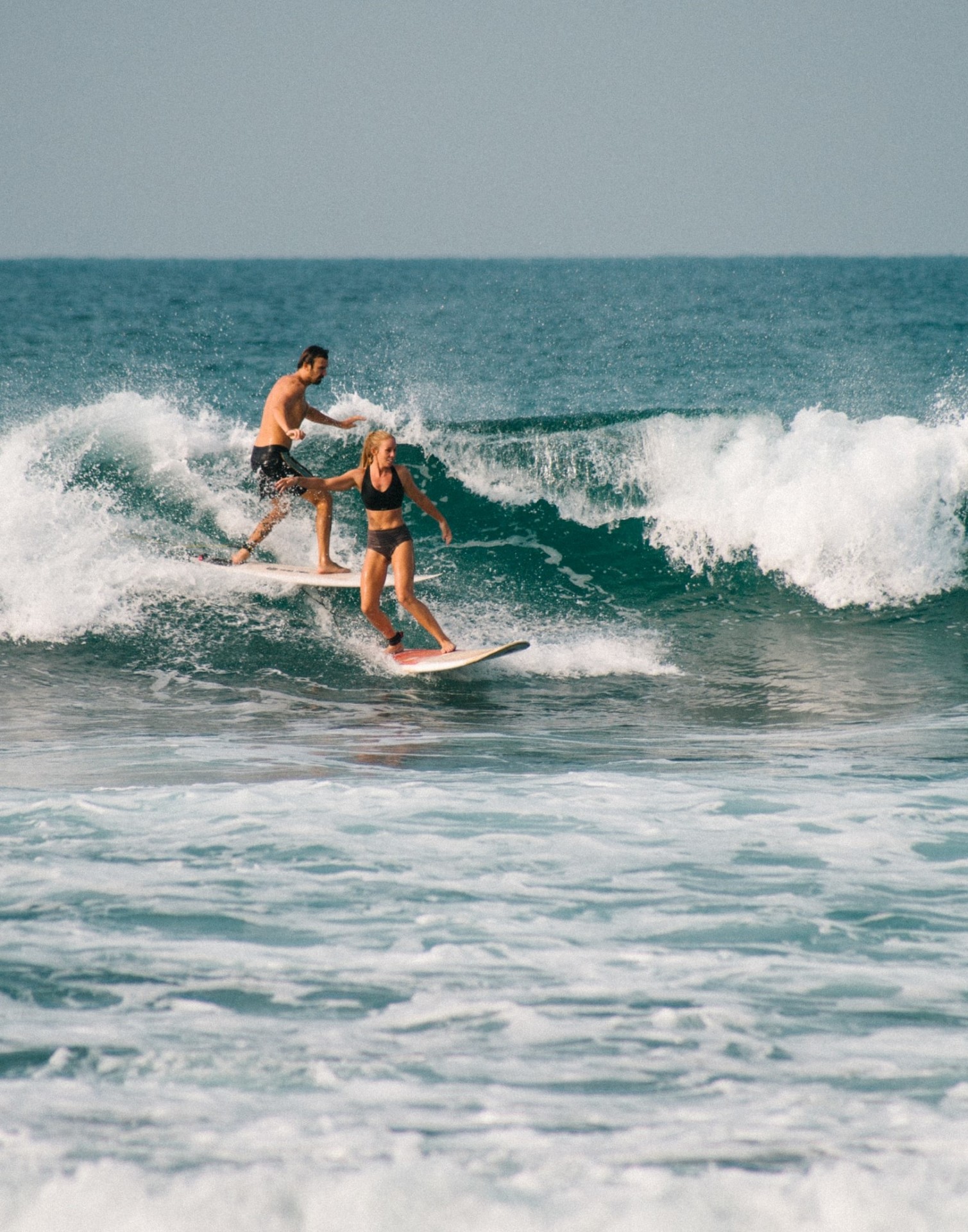
Do Surfers Run Into Each Other? 5 Common Reasons (+8 Tips)
-
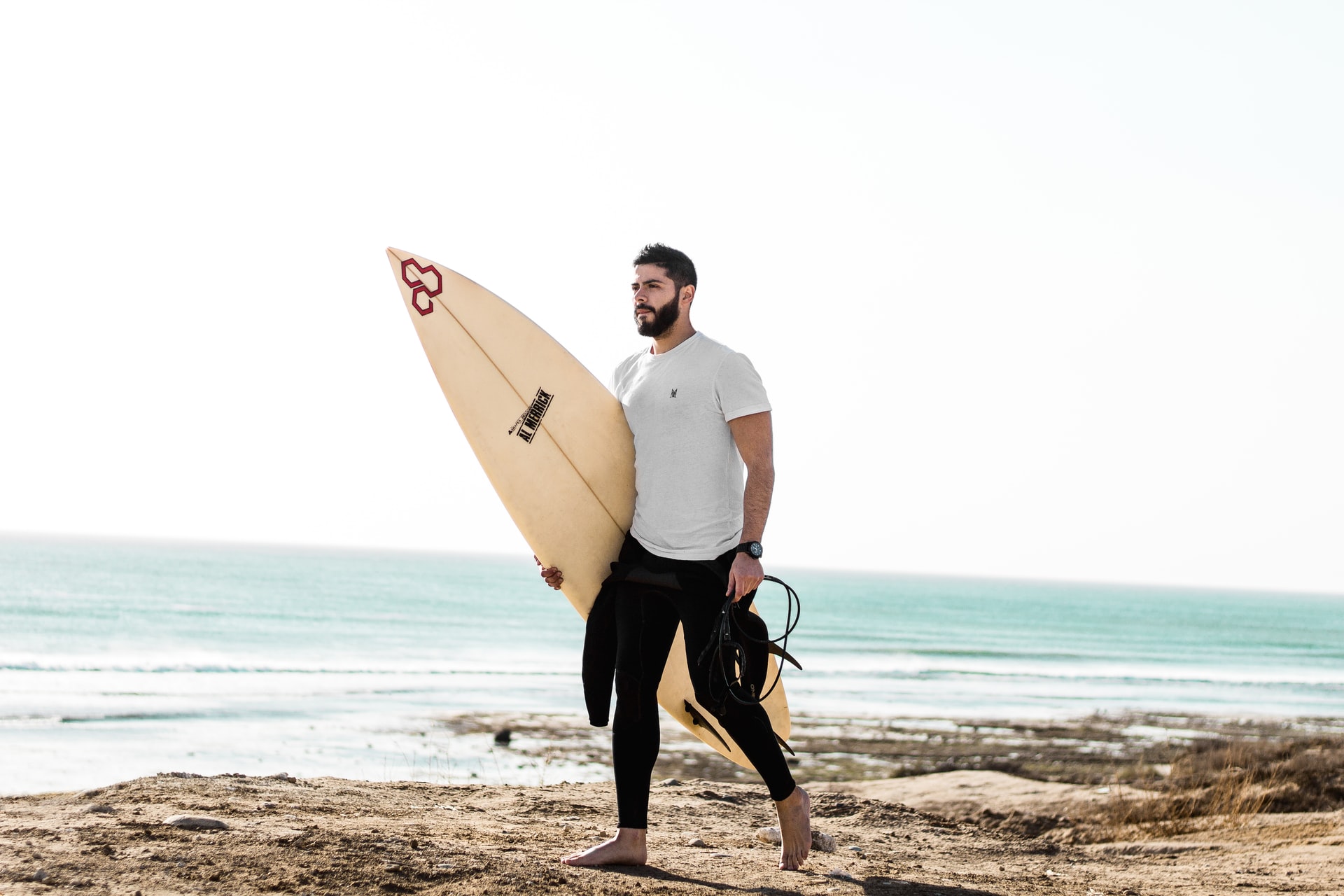
Do Surfers Have Beards? Pros & Cons You Should Know (+4 Tips)
-
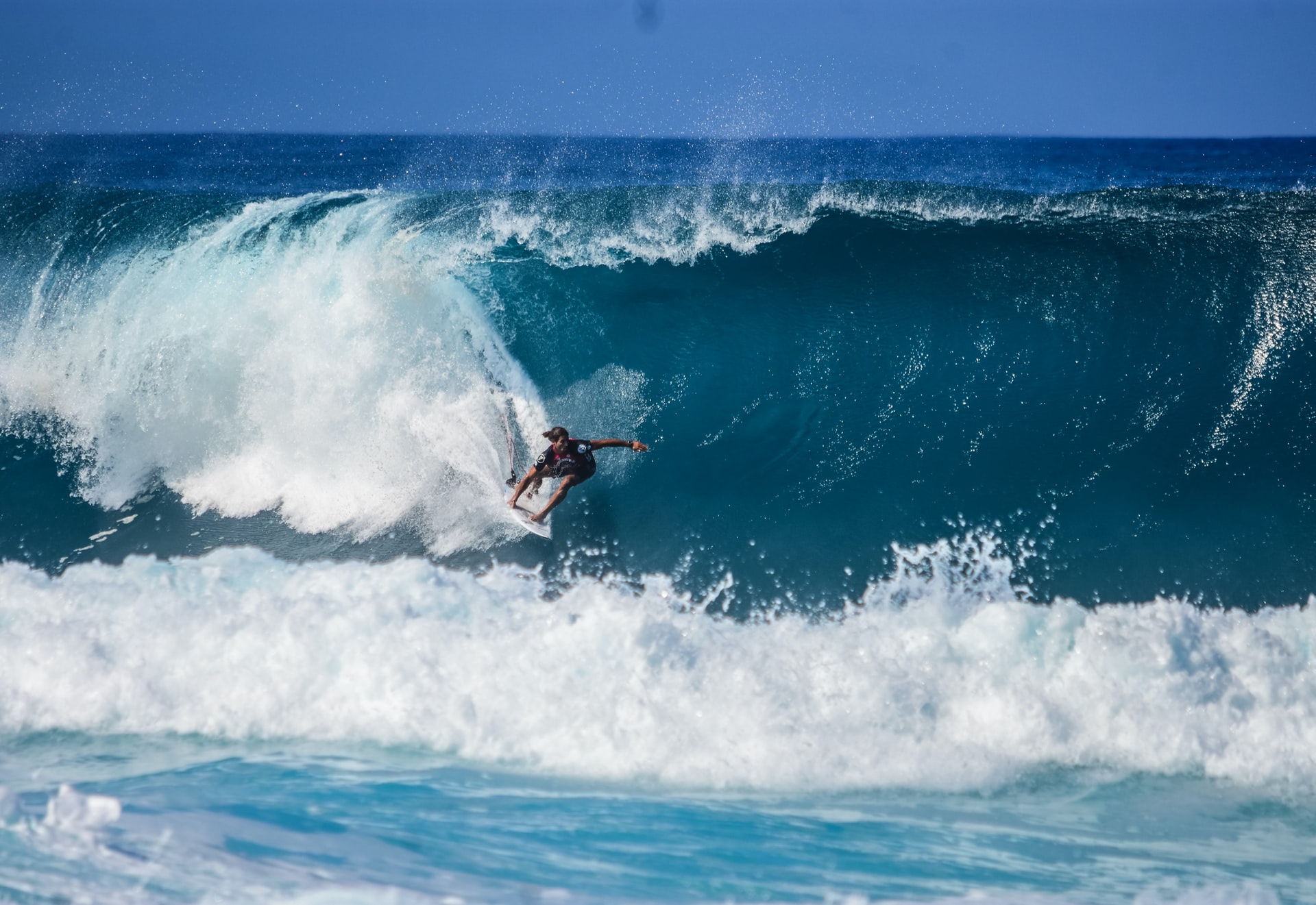
Do Surfers Like Constructive or Destructive Waves? (+Pros & Cons)
-
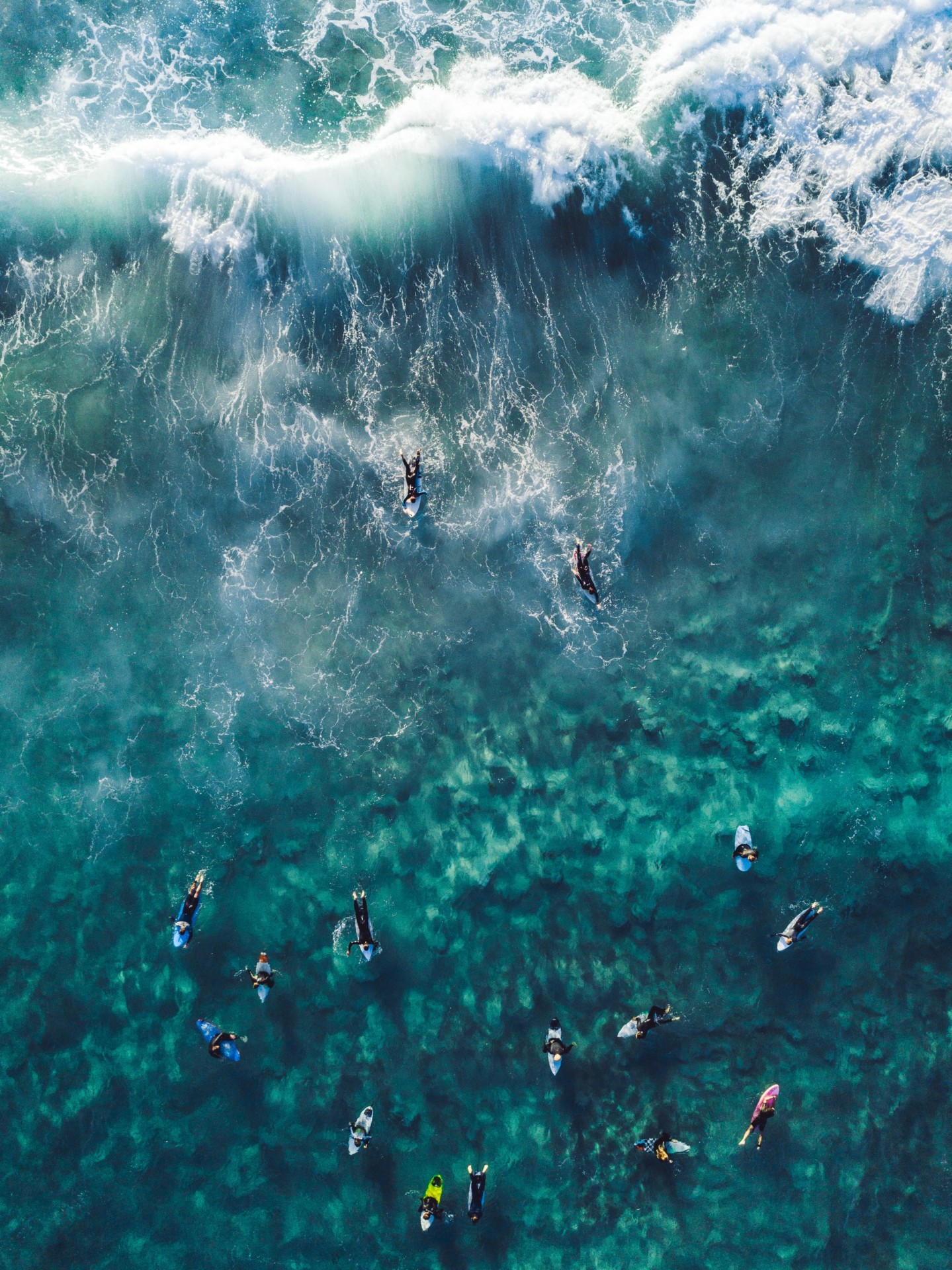
How to Surf Safely: 34 Crucial Tips (Every Surfer Should Know)
-
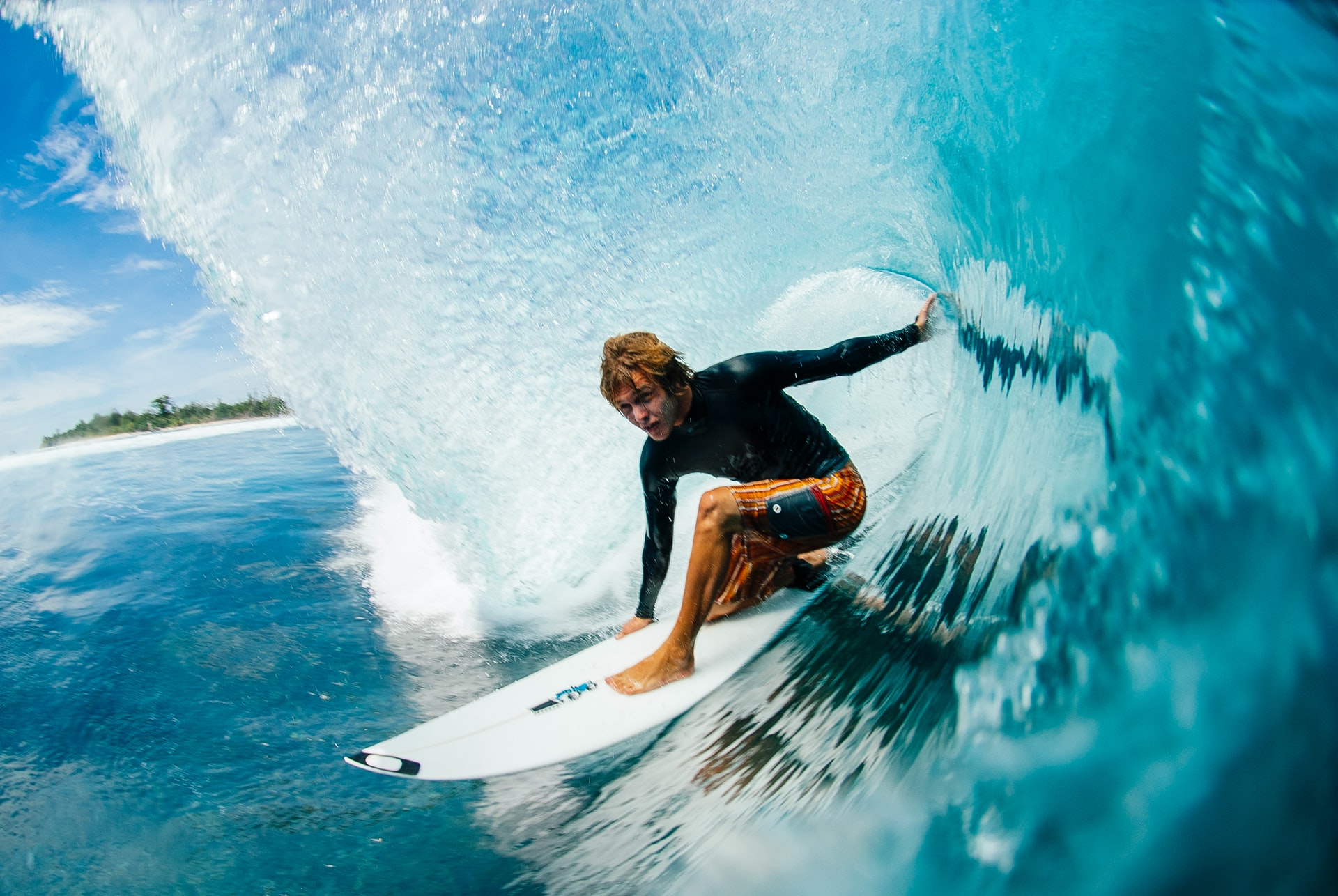
Do Pro Surfers Use Leashes? (+6 Reasons Why You Should Too)
-
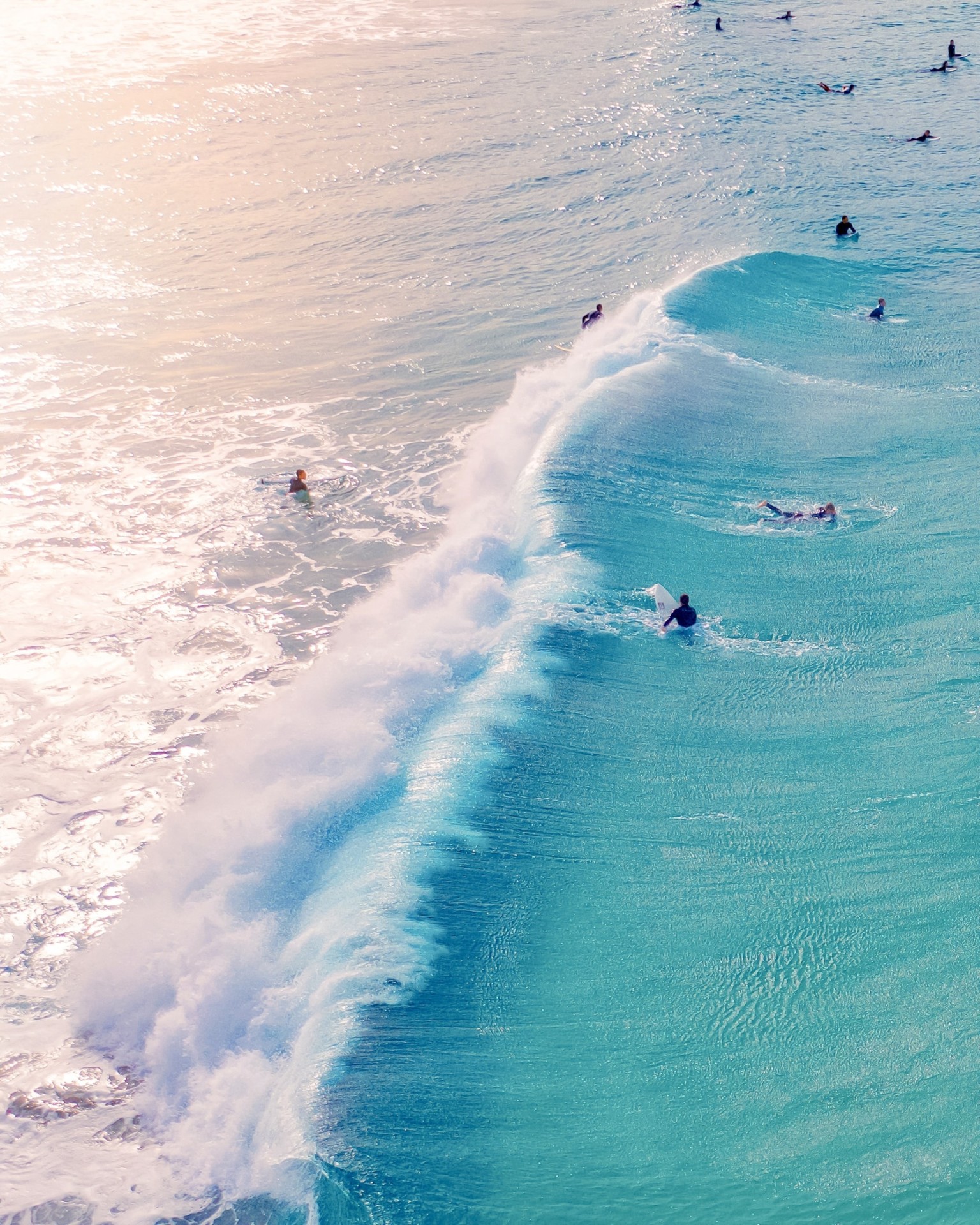
Do Many Surfers Drown? Here Are the Facts (+4 Common Reasons)
-
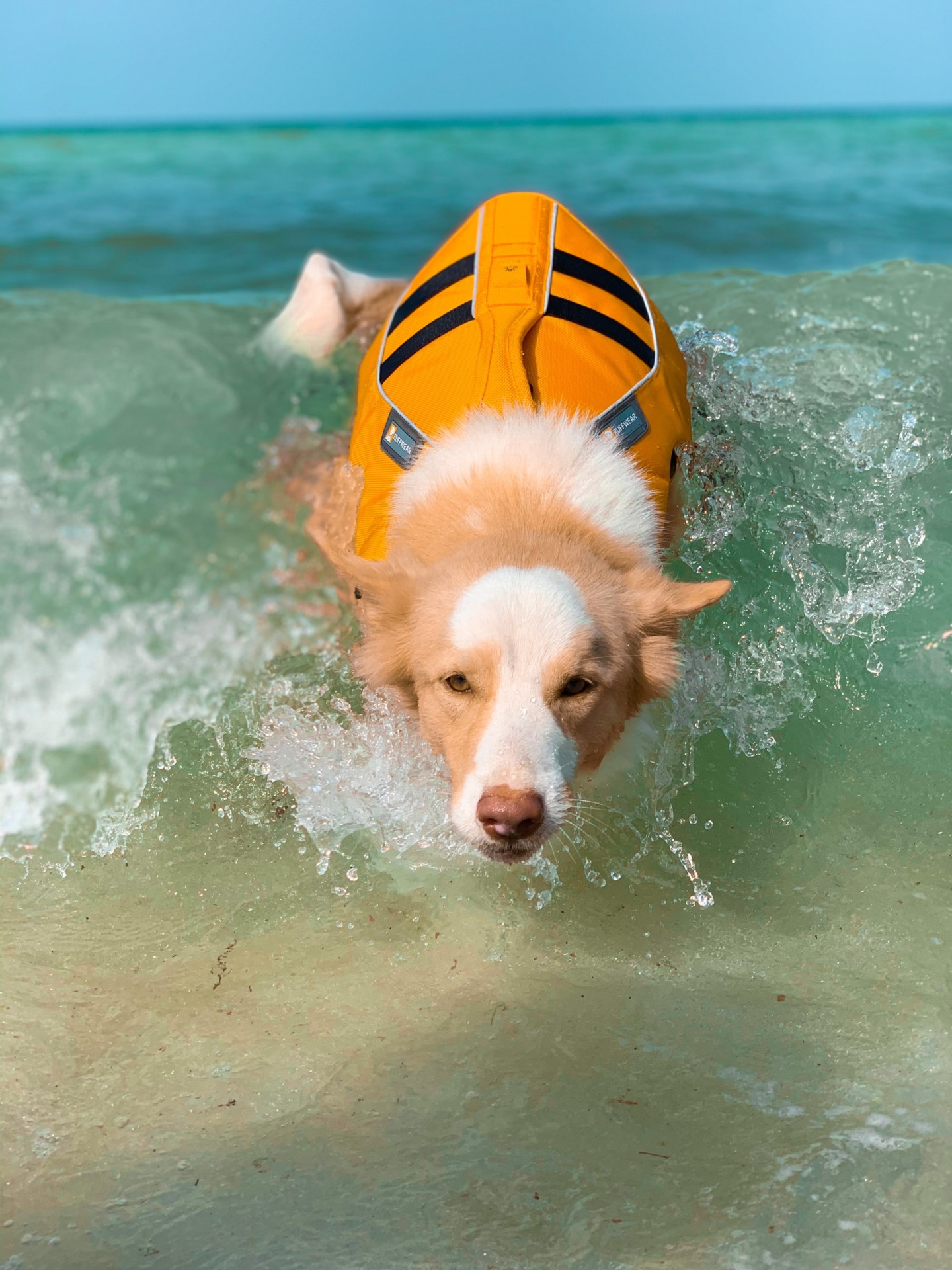
Do Surfers Wear Life Jackets? (7 Reasons Why They Don’t)
-
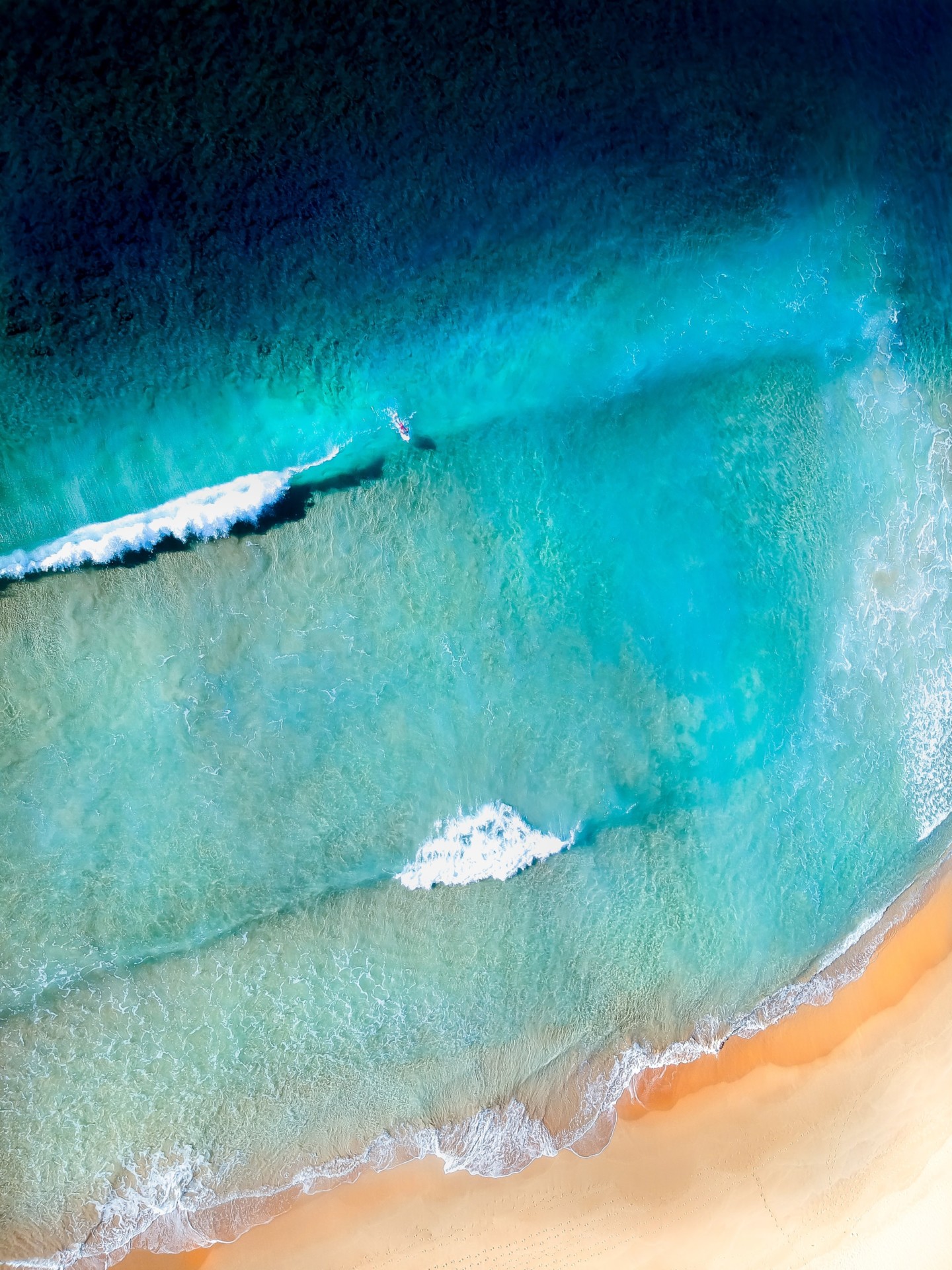
Do Surfers Like Rip Currents? (& How to Use Them Safely)






